British
Airborne Forces (N.Z.) Inc.
Registered Charity no. CC46678Patron:
His Excellency Lieutenant-General The Right Honourable Sir Jerry Mateparae, GNZM, QSO, Governor-General of New Zealand
Aircraft pictured on this page have all been used by the British airborne forces over the years, for paratroop-dropping, air-landing of troops, glider tugs, supply-dropping or parachute training.
Fixed Wing Aircraft
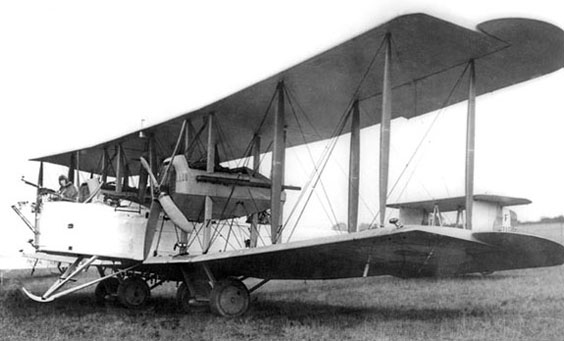 | |  |
| Vickers Vimy | | Vickers Valentia | |
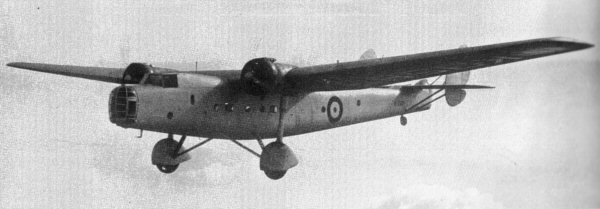 | 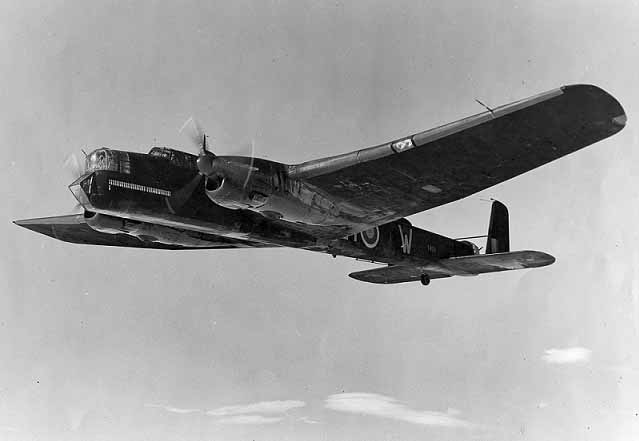 |  |
| Bristol Bombay | Armstrong Whitworth Whitley | Armstrong Whitworth Albemarle |
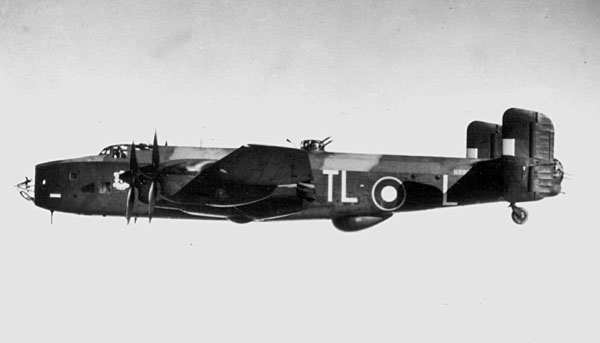 |
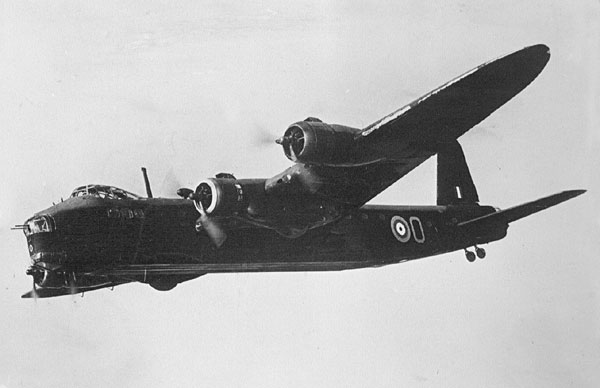 |
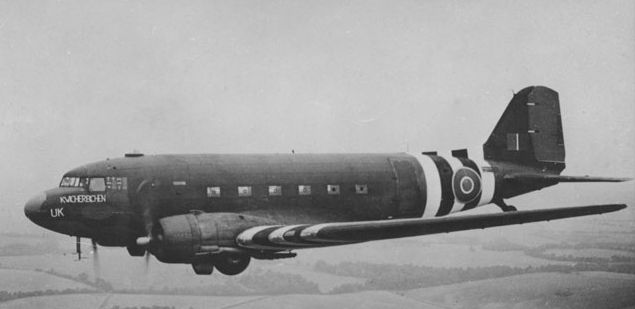 |
| Handley Page Halifax | Short Stirling | Douglas DC3, C-47, Dakota |
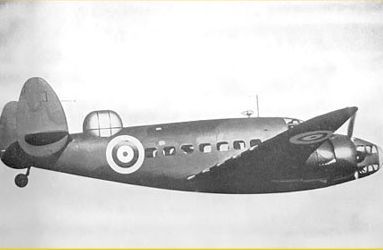 |
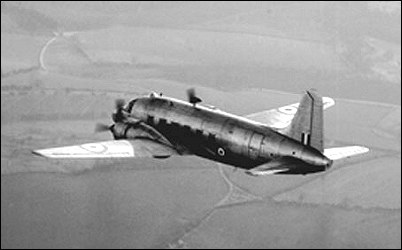 |
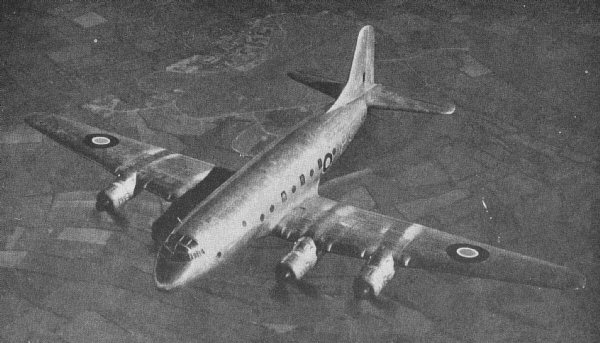 |
| Lockheed Hudson | Vickers-Armstrong Valetta | Handley-Page Hastings
|
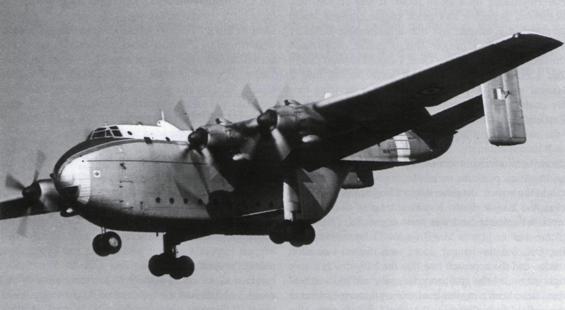 |
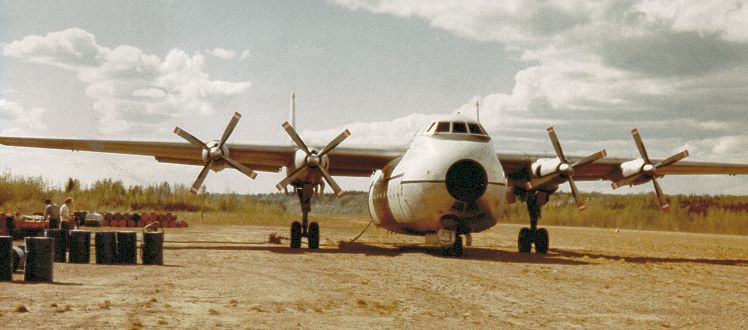 |
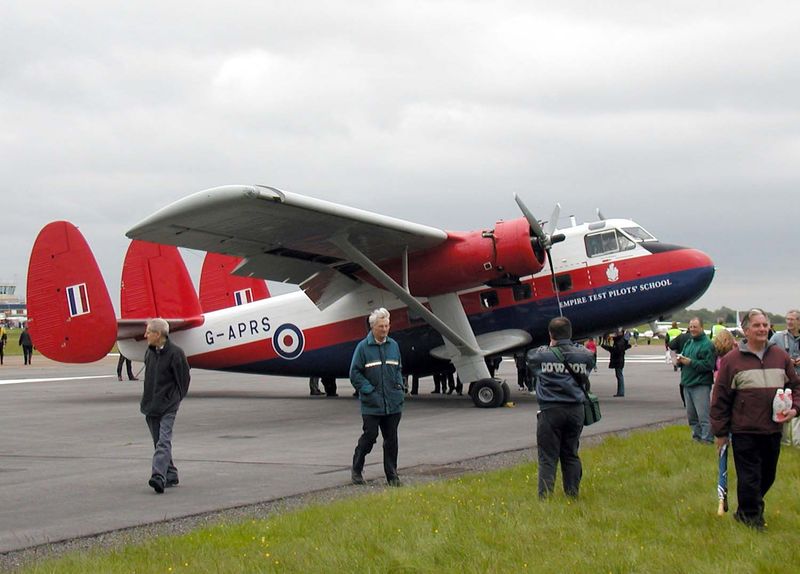 |
| Blackburn Beverley | Armstrong Whitworth Argosy | Scottish Aviation Twin Pioneer |
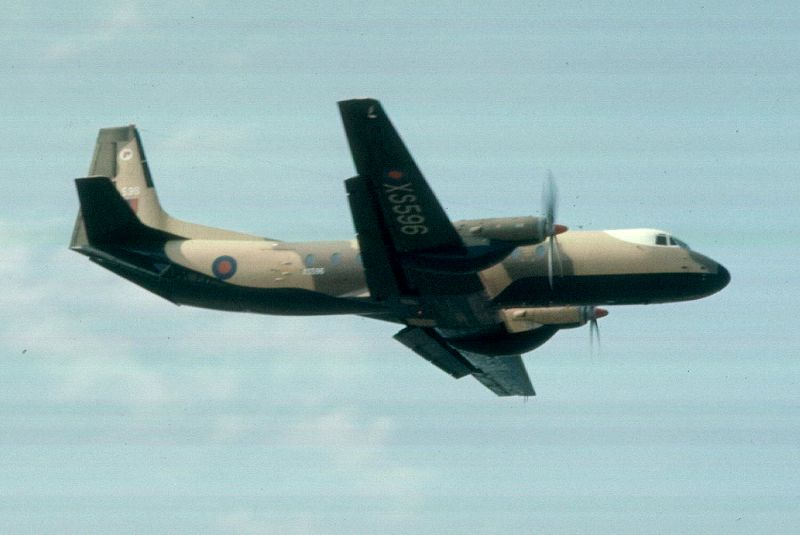 |
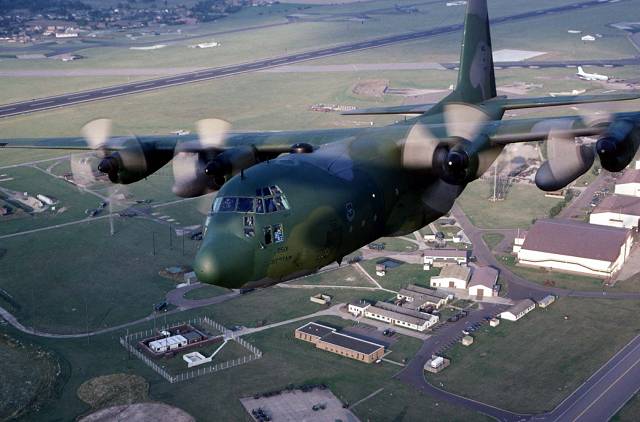 |
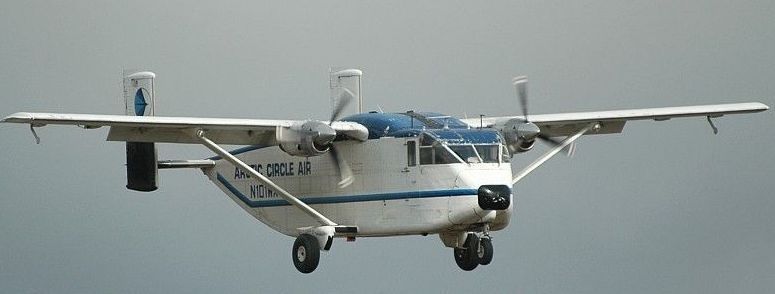 |
| Hawker Siddeley Andover | Lockheed C-130 Hercules | Short Skyvan |
Gliders
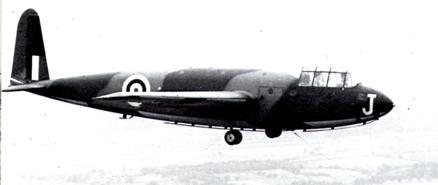
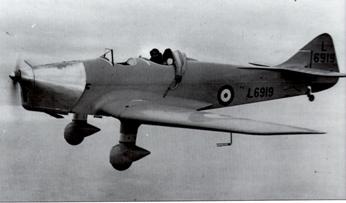
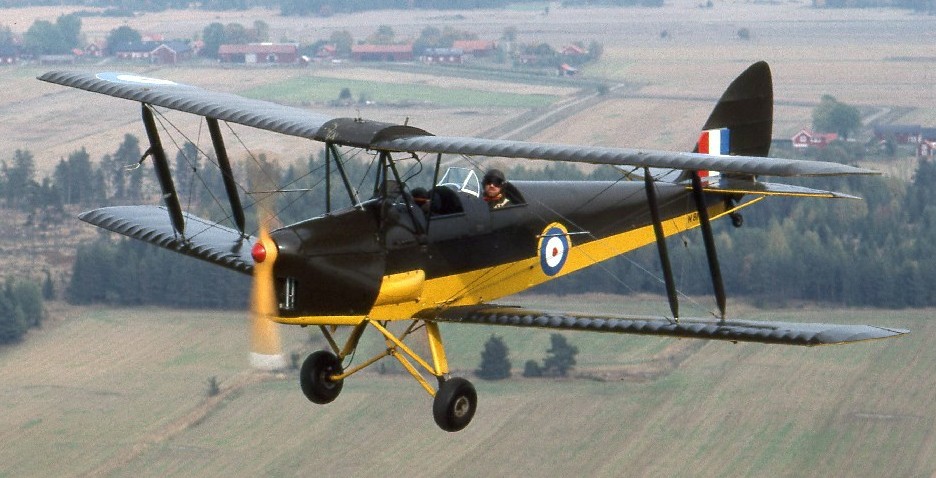
During the early days of the Airborne forces in World War II, there was no facility for dropping vehicles, tanks or other heavy loads. Also there was need for dropping some bodies of troops much closer together and closer to their equipment than was normally possible by parachuting.
To fill these two requirements, the troop- and tank-carrying glider was developed, as an essentially one-way but expensive delivery system.
Pilots came from the infantry, with a few from the Royal Air Force, and were trained sufficiently to be able to control a glider during take-off, flight under tow, and then, when over the landing zone, to be able to select a landing site and to set their glider with its load of men and equipment, down safely and in fighting order. Then after landing, the pilot would revert to his original role as an infantryman.
Training of glider pilots and glider-borne troops was carried out in the General Aircraft Hotspur, pictured above, left. Some initial training of glider pilots was also carried out in powered aircraft like the Miles Magister, (above centre) and the de Havilland Tiger Moth (above right). After training, they then graduated to the three gliders pictured below.
From the top, they are the Airspeed AS 51 Horsa, the American Waco CG-4A, known in the British forces as the Hadrian, and the General Aircraft GA49 Hamilcar.
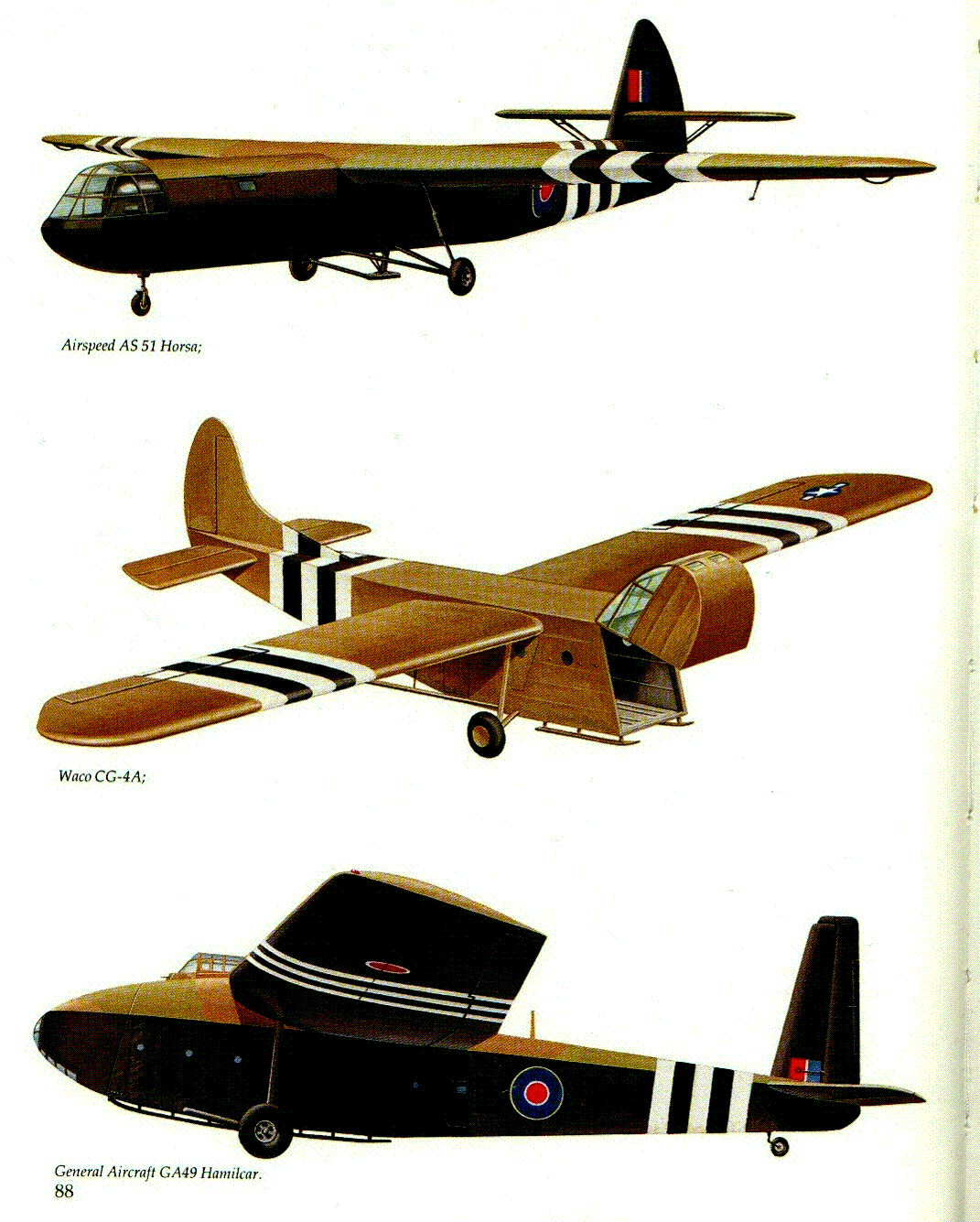
Helicopters and Balloons
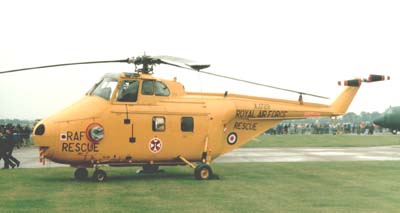
Although the ability of a helicopter to land and take off from confined spaces reduced the need for parachute troops, the Westland Whirlwind shown above, was used for parachute training in the 1960s in much the same way as the barrage balloons shown below were used from the 1940s to the 1980s, and the Short Skyvan (above) in and after the 1990s.
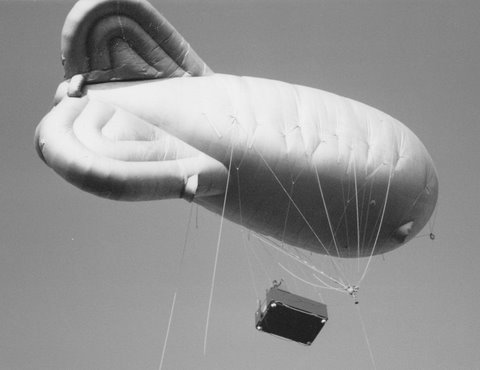
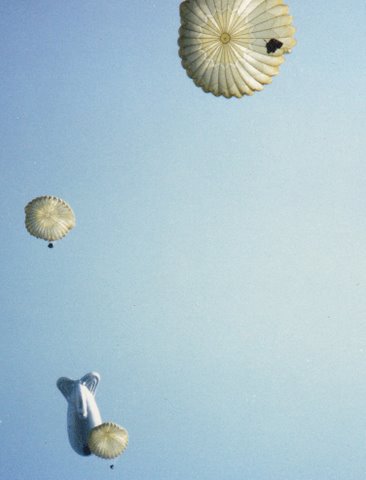
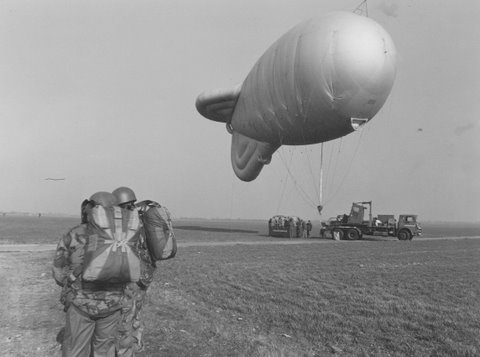

Thanks to Andy Douglas for these balloon photos.
Contact
information
Cover page
Aims and Objects
Office Holders and Airborne Links
Airborne Newsletter
Members' Photographs
Glider-borne Battalions
Arnhem Visits
Driel Engineers' Monument
Home

























